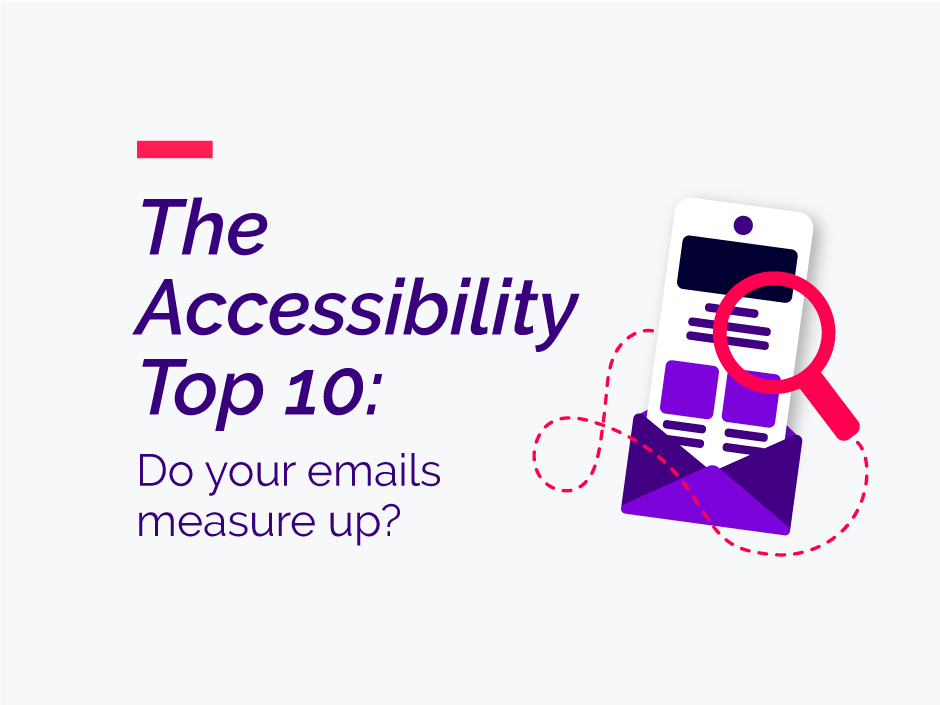What you need to know about Apple Mail Privacy Protection
- Conversion Digital
- Sep 27, 2021
- 2 min read
Updated: Nov 16, 2021
On September 20, 2021, Apple introduced its long-anticipated Mail Privacy Protection (MPP) for the Apple Mail app on iOS 15 and iPadOS 15 devices. If you’re an Apple Mail app user, it means that your IP address is hidden from email senders, so they can’t see your location. And they can’t tell whether, or when, you’ve opened your email.

Naturally this has big implications for email marketers who use open rates as a key metric, or use opens as automation triggers. According to Litmus, more than 46% of email opens in 2020 were from Apple devices, so the impact is not to be ignored.
However, it’s far from the end of the email marketing world. Open rates have never been entirely reliable measures of engagement, and we’ve always believed that marketers should be looking at click and conversion data for a true measure of campaign and channel effectiveness.
We’ve reviewed the industry papers on MPP, and identified the top 5 things you should know:
1 | Expect high MPP adoption.
Apple Mail Privacy Protection is optional, but when Apple prompts users to choose whether to “Protect” or “Don’t protect” Mail activity, it’s expected that at least 75% will opt in. (Note that MPP does not apply to the Outlook app or Gmail app used on Apple devices.)
2 | Open rates will no longer reflect user behaviour.
Most emails you send to MPP-protected users of the Apple Mail app will appear to have been opened, regardless of whether the user has actually opened them. This is because Apple automatically downloads a copy of all images in the email to their own Apple Privacy Cache, triggering your ESP’s open tracking pixel.
3 | You may need to adapt your targeting or testing strategy.
If you’re targeting based on open behaviours, your segments will no longer be accurate. Look to other variables for personalized campaigns. Similarly, send-time and A/B subject line testing results will be obscured. We expect marketers to change their definition of “active” or “engaged” subscribers to one based on clicks rather than opens.
4 | Your journeys may need to be tweaked.
If your automations include triggers based on opens, you’ll need to go back under the hood and create new paths.
5 | You’ll need workarounds to achieve real-time personalization.
Countdown clocks and other geo- or time-based personalization tools that rely on opens will need to be targeted only to non-Apple Mail users, with default content for Apple Mail. And you’ll want to use other data such as zip/postal code to enable location-based customization.
It was only a matter of time before email privacy rules caught up with those in other channels. At Conversion Digital, we’re embracing the change and see it as an opportunity to innovate and go deeper in understanding customer behaviour.
Yes, we lose some insights on some of our Apple Mail subscriber behaviour, but clicks and conversions have always been higher-quality indicators of success. Going forward, email design and copywriting will be laser-focused on trying to get that click – so let the testing begin!
First things first, however: What is the actual impact to your unique subscriber list and strategy? If you’d like help analyzing your audience and adjusting your approach to targeting, testing, automation, or deliverability in response to MPP, give us a call. Solving email puzzles is what we do best.





Comments